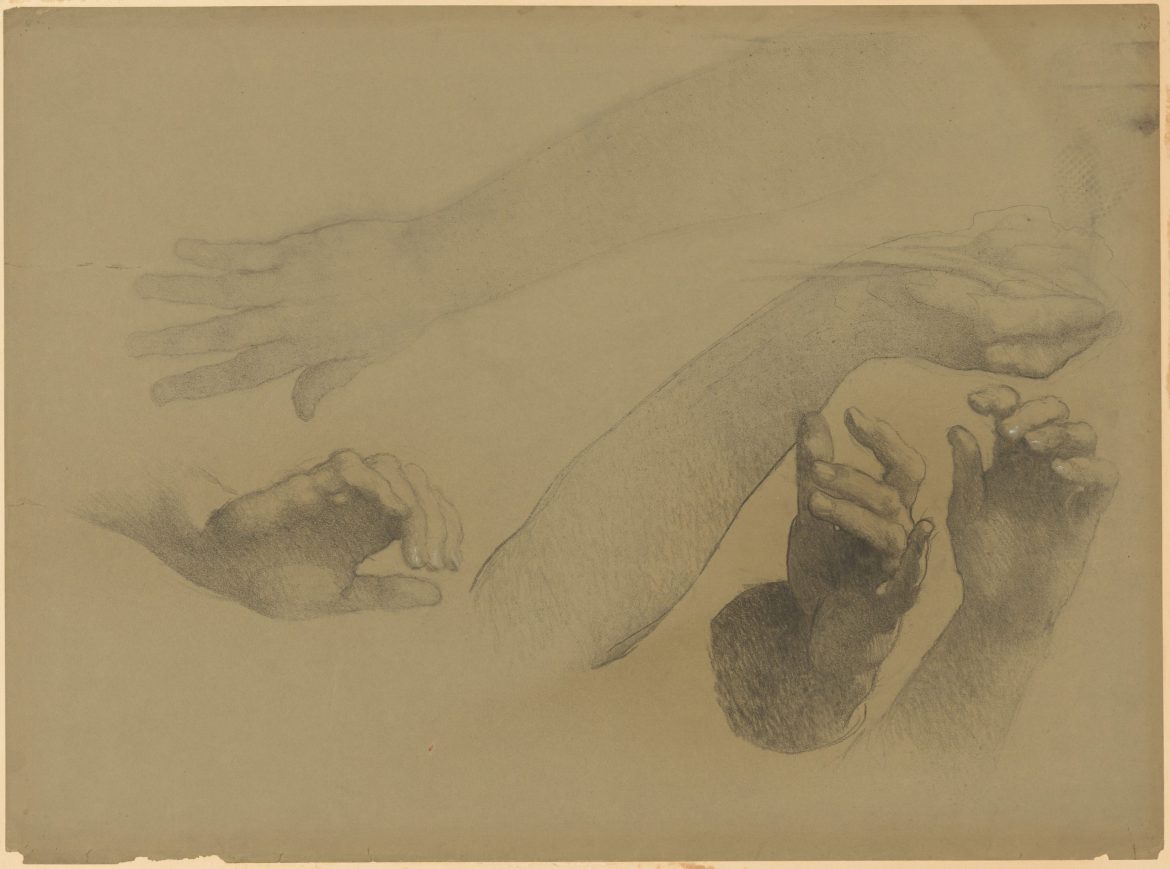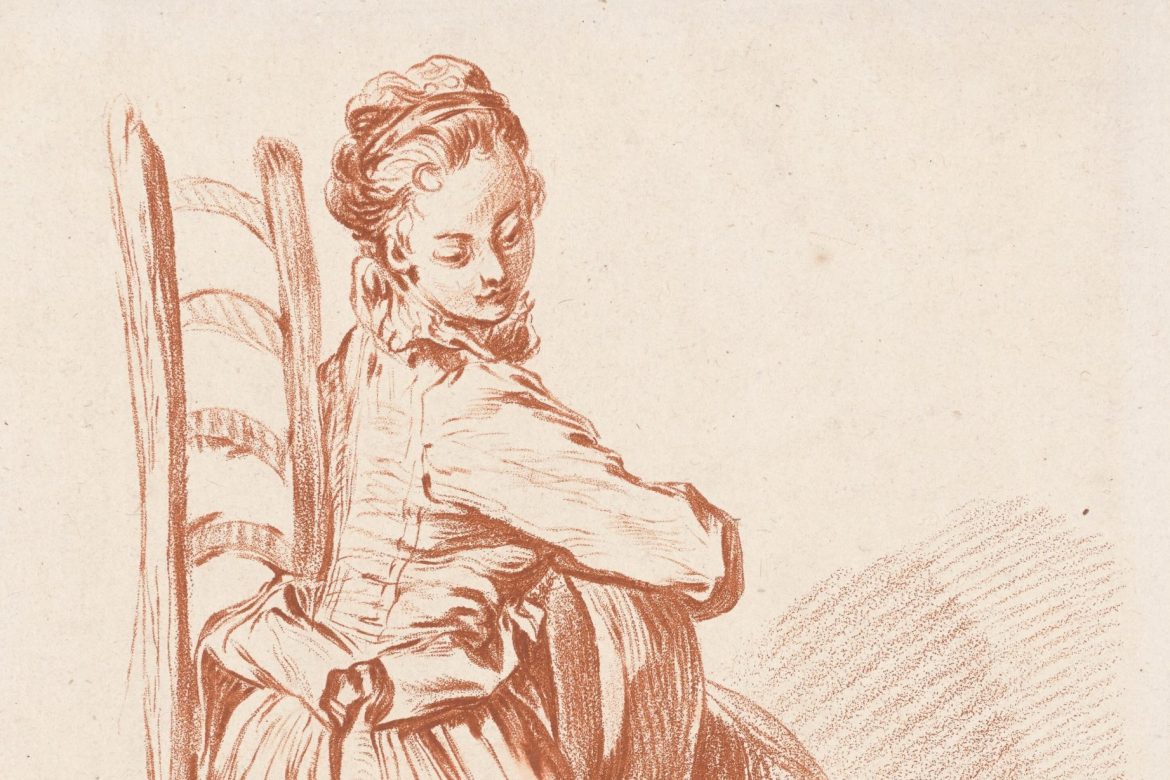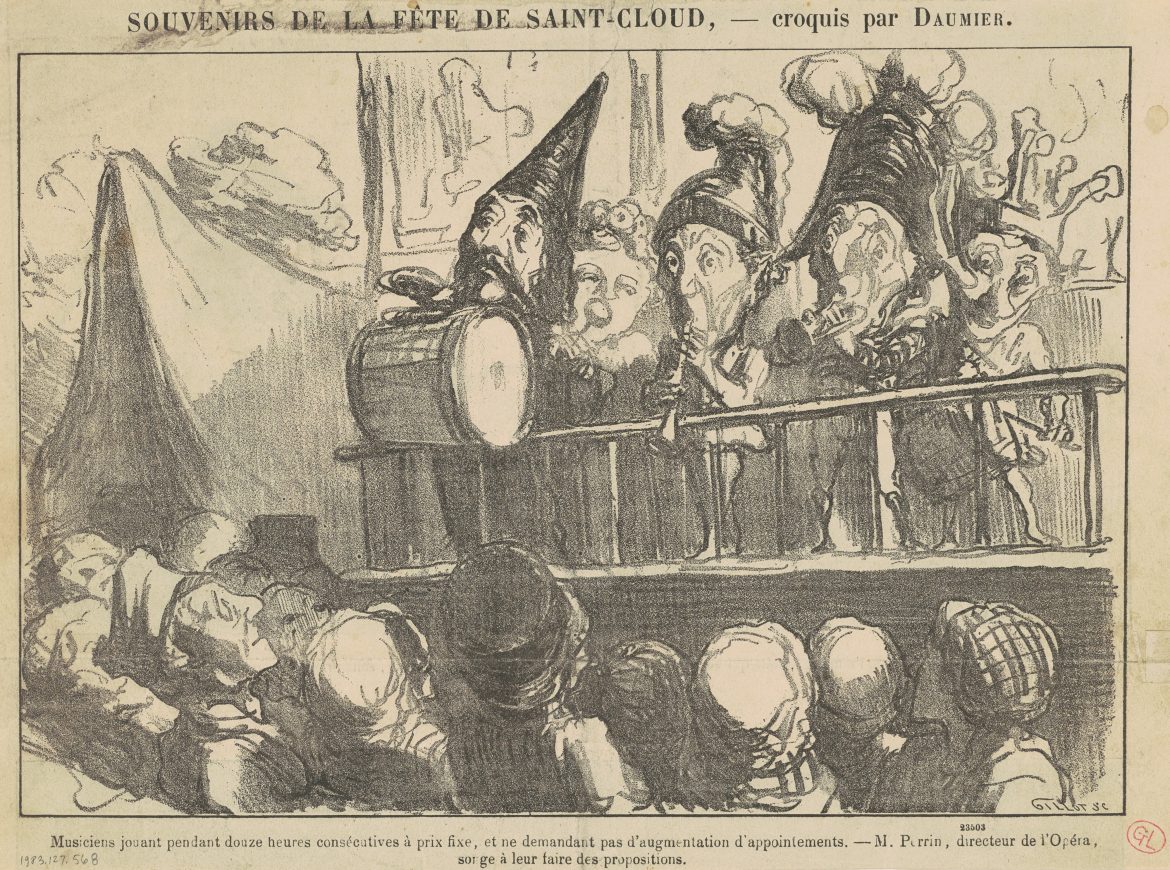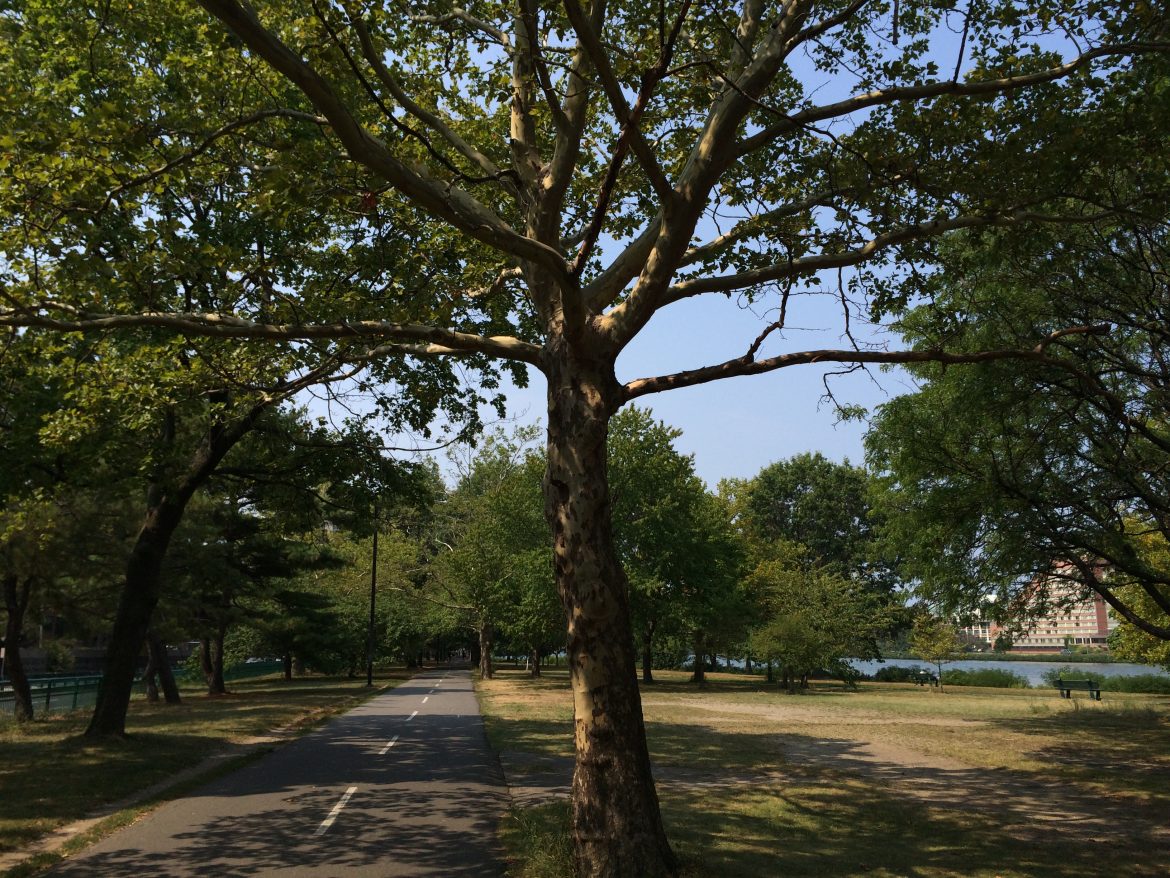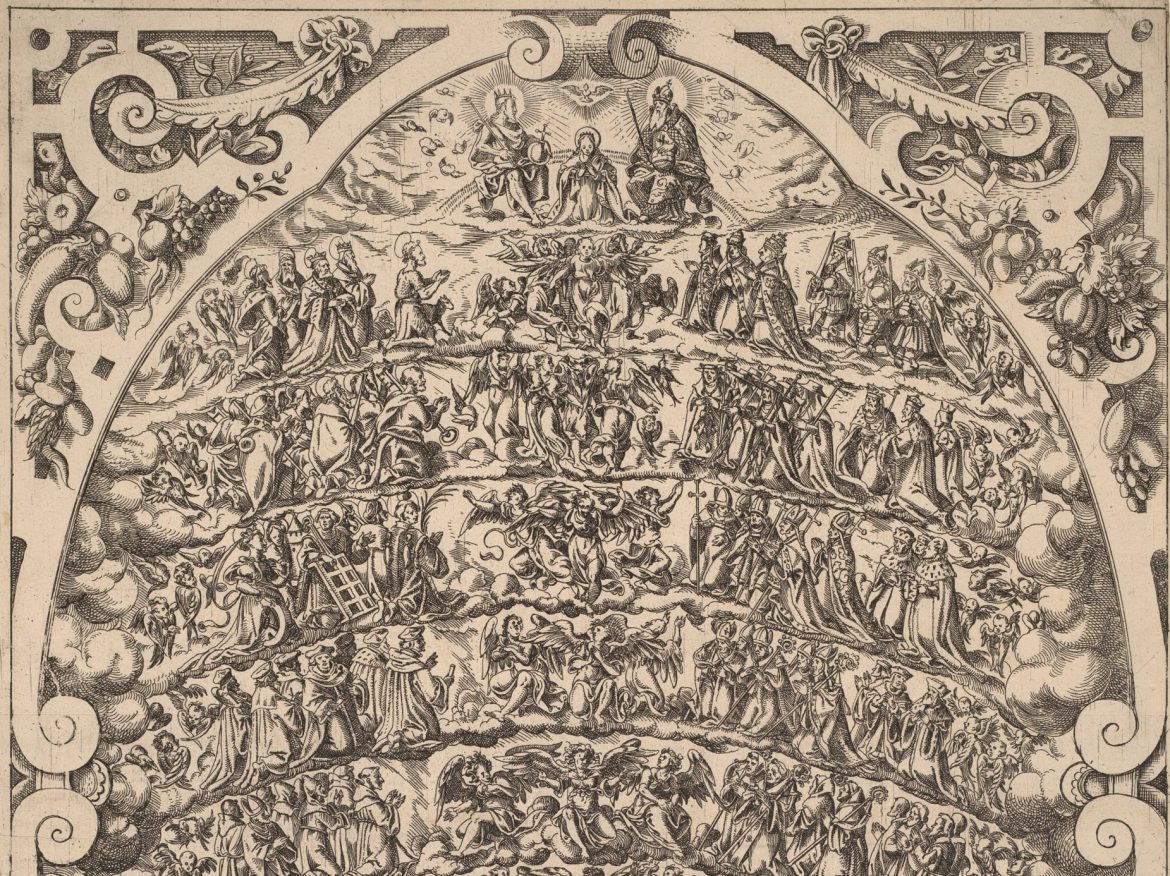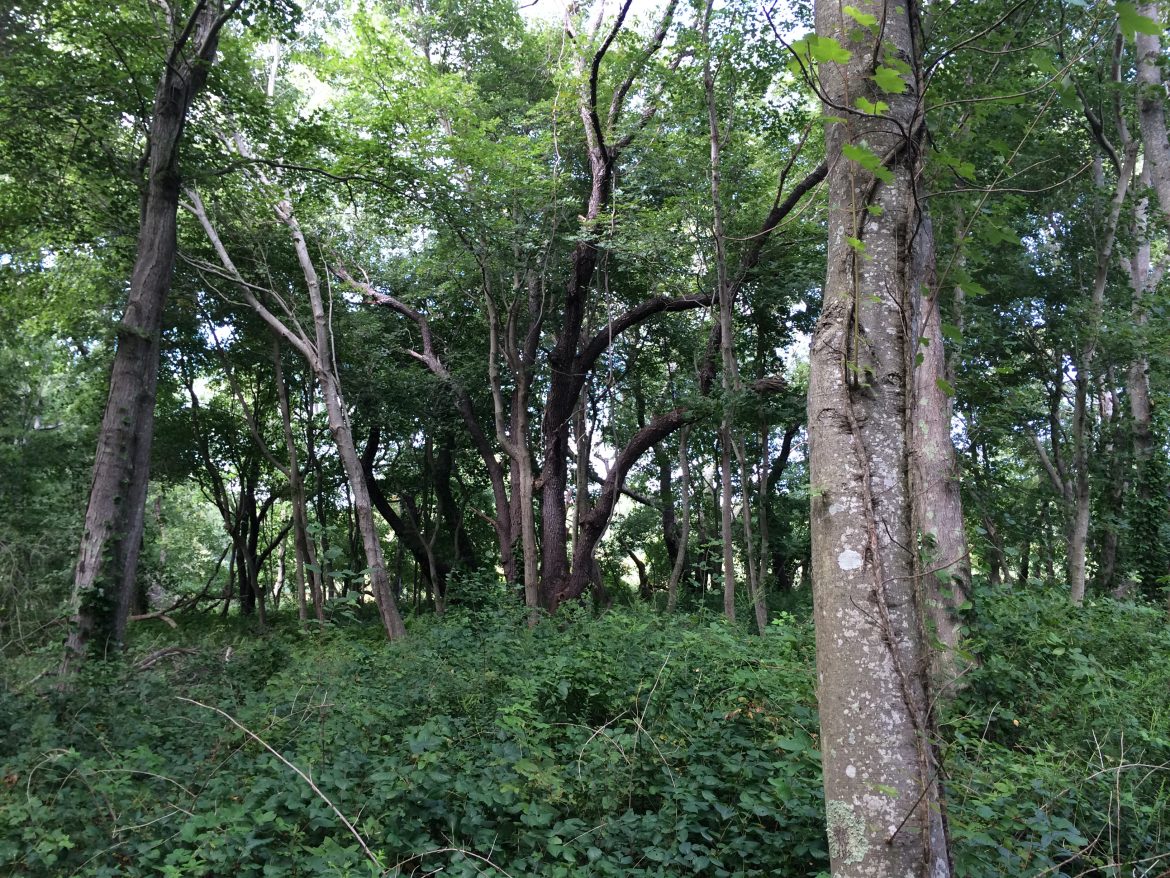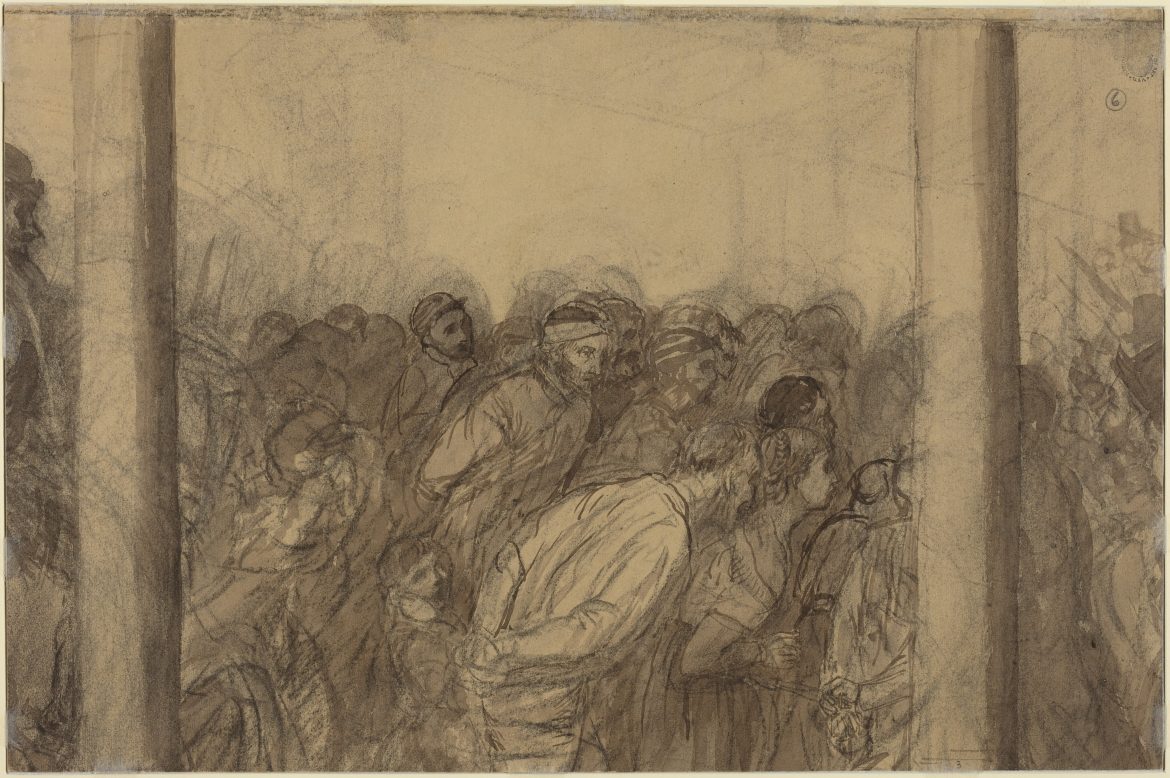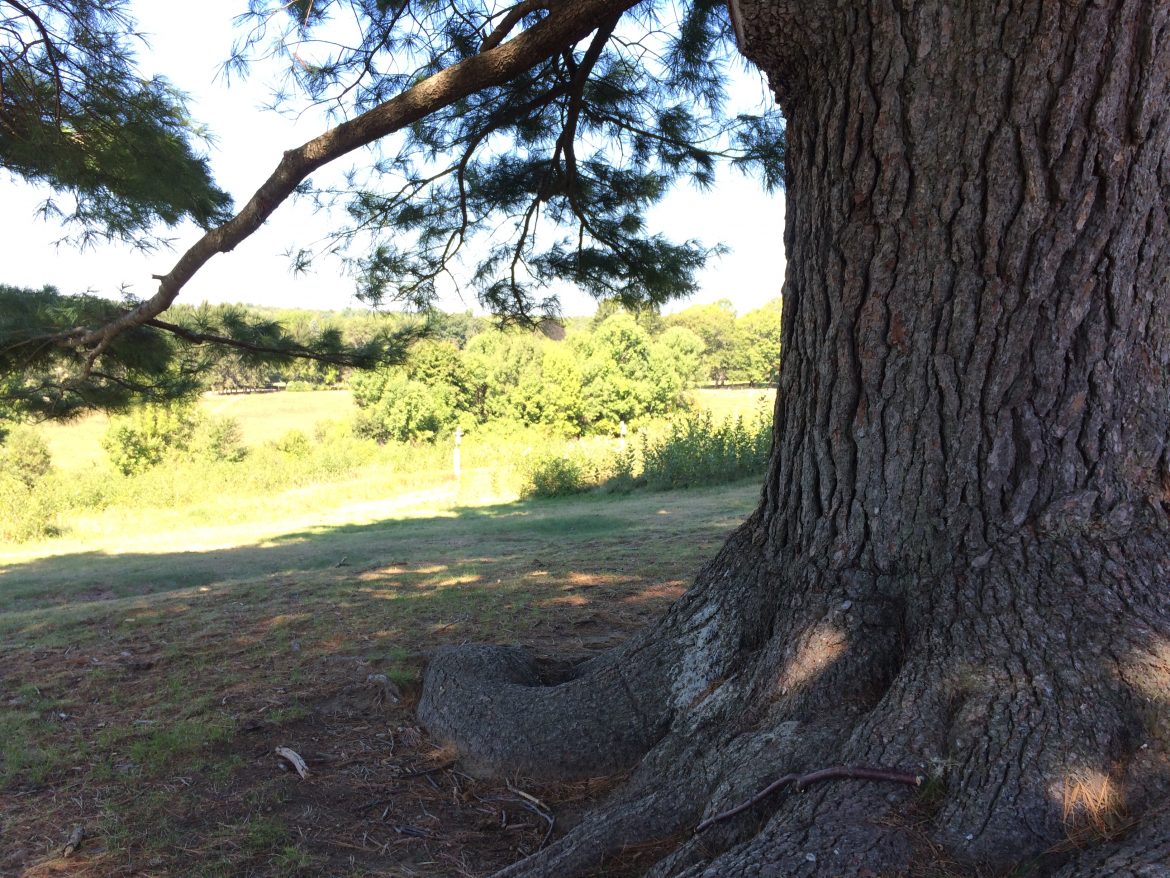homeslider
The transformative power of the track “Respite” from the album “A Friend in the Dark” is explored. This piece has evolved significantly in meaning for its creator, both personally and musically, from its inception to subsequent listens.
Initially, the track marked a departure from traditional chordal structures, embracing a linear approach to composition. This shift allowed for a more intuitive and freeing creative process, moving away from conventional rules about chord progressions and melodic fits.
However, the deeper significance of “Respite” lies in the context of its creation. During a tumultuous period, following a Parkinson’s diagnosis and grappling with the challenges of a new reality, music became a sanctuary. The choice to feature a mandolin in the piece was deeply personal, inspired by the sound of the instrument played by a loved one at home. The mandolin, associated with comfort and safety, provided a sense of calm amidst the chaos.
The narrative touches on the intense forearm pain experienced before the official diagnosis, impacting daily activities like typing and playing the piano. This symptom, coupled with the uncertainty and frustration of seeking a correct diagnosis, framed the emotional backdrop against which “Respite” was composed.
The mandolin, learned by a family member during this period, symbolized solace and a connection to happier, simpler times. The sound of the mandolin through the thin apartment door after a hard day became a beacon of comfort. This instrument was chosen over others for its personal resonance, adding a layer of emotional depth to the track.
The episode delves into the importance of lifelong learning and the continuous quest for new experiences and knowledge. This philosophy, integral to the creator’s life, underscores the transformative impact of music and learning. The integration of various life experiences, from professional challenges to personal milestones, shapes the present self, as discussed in the companion project, “No Other Life.”
As the episode concludes, listeners are encouraged to reflect on their own journeys and the elements that bring comfort and meaning to their lives. The mandolin’s entrance in “Respite” serves as a poignant reminder of resilience and the beauty found in unexpected moments.
The creative journey behind the album “A Friend in the Dark” is explored. The discussion begins with reflections on previous unreleased albums and the lessons learned from their creation. The evolution from an overwhelming “kitchen sink” approach, where every possible instrument and sound was used, to a more refined and cohesive sound is detailed. This transition highlights the importance of having a focused musical palette, exemplified by the album “Another Town,” which used a specific set of instruments to maintain consistency across tracks.
The centerpiece of this episode is the track “Respite,” originally intended to be the concluding piece of an experimental EP. This track stands out for its innovative use of elements from other pieces within the same project. The piano part, which is original to this track, serves as the main instrument, while other parts are sourced from different compositions, challenging the norm of musical cohesion by blending various keys and instrumentations. This creative process draws inspiration from Renaissance composers who prioritized melodic interplay over harmonic structures.
A deeper dive into the technical aspects reveals a fascination with unsung, or unheralded, parts of music—those background elements that often go unnoticed but are crucial to the overall texture. By repurposing these parts and experimenting with their placement, a unique and harmonious piece was crafted. The intricate process of fitting these elements together, adjusting their pitches, and finding the right balance is described in detail, showcasing the meticulous effort involved in achieving a sonorous and cohesive sound.
Listeners are treated to the full playthrough of “Respite,” the final track on the album “A Friend in the Dark.” This piece encapsulates the culmination of the experimental journey, blending various musical elements into a harmonious whole. The episode promises further insights into the creative process in upcoming episodes, inviting listeners to subscribe and stay tuned for more.
In this episode of Upstaged, titled “Time Out,” Rick Seaholm shares the story and significance behind the track “Canopy” from the album “Naki’s Woods.” The episode delves into the personal memories and inspirations that shaped this piece, reflecting on themes of nature, childhood, and moments of comfort and relaxation.
Rick begins by reminiscing about his childhood, specifically a screen house set up in the backyard where he spent countless hours. This screen house, with its unique splayed legs, allowed him to lie on old army cots and gaze up at the layers of leaves and sky, evoking a sense of being immersed in nature while still protected from the elements.
He recalls how this safe haven, placed at the far end of the property away from the road, provided a retreat from the constant anxiety and fear that permeated his upbringing. Despite these fears, the screen house became a beloved space where he read books, particularly those by Michael Crichton, and found a rare sense of relaxation and peace.
Rick draws parallels between the literal canopy of leaves and the symbolic canopy of comfort and protection it provided. This imagery of a comforting canopy translates into the musical journey of the track “Canopy,” which is designed to evoke the sensation of moving from the forest floor upward, through the layers of leaves, and into the sky.
He reflects on the seasonal significance of spring, a time of renewal and anticipation, particularly poignant as his birthday falls around this period. The vibrant colors and unique atmosphere of spring showers in New England add to the emotional depth of his memories and the music he creates.
The track “Canopy” itself is a crescendo, building gradually to mirror the journey from the ground to the treetops. It is connected thematically to another track on the album, “Fledgling,” which depicts a small bird learning to fly and ascending into the sky. These two tracks together encapsulate the themes of growth, exploration, and the comfort found in nature.
Rick encourages listeners to let their minds drift to times and places that bring them comfort as they listen to “Canopy.” The piece is meant to evoke feelings of warmth, protection, and being enveloped by the natural world.
The discussion centers around the personal journey of preserving one’s voice amidst living with Parkinson’s disease. The episode delves into the challenges many with Parkinson’s face, such as reduced vocal strength, and the significant steps taken to combat these issues, including involvement with the Parkinson Voice Project. This initiative provides valuable tools and techniques to maintain vocal abilities, crucial for roles in podcasting and teleconferencing.
The episode emphasizes the importance of self-advocacy, recounting experiences at Boston University’s commencement ceremonies. There is a vivid description of the apprehensions about the physically demanding nature of the event and how these were overcome by speaking up for personal needs. Through a simple but impactful email, a role that suited personal strengths was requested, illustrating the power and necessity of advocating for oneself.
An anecdote about a mother standing up for herself is shared, drawing parallels to the journey of self-advocacy. This episode underscores the significance of asking for support and making one’s needs known, fostering a sense of empowerment and self-respect.
Intertwined with the narrative is a piece from the album “Bluewing,” highlighting the emotional and cathartic process of creating music that resonates with personal experiences.
We learned last time that if we take it that humans are here to tend the earth and keep their society moving, than we individually are here to reduce friction and improve communication with each other. The most hands-on way is of course to be a direct vehicle in the reduction of that friction, but it’s pretty great anytime we work to avoid causing friction or bungling communication when a clearer choice was available.
Although it sounds pretty manageable to say “Society can live on indefinitely if we just talk to each other with more intent”, one can still ask what the catch is and where we are expected to begin. So, for those of us who really need this whole meaning of life thing handed to them on a plate, step one is to know yourself. You can think you know everything about another person, nation, or culture, but if you don’t understand your own, if you aren’t honest with yourself about yourself, then you’ll simply never get it.
Think back to one of the first episodes of this season when we spoke about your elevator pitch, and how you would expand it to a 10 minute introduction about yourself. Ten minutes is a long time to speak and you likely created quite a list. I mentioned “buckets” at that time and you may have started to categorize your bullets into “physical”, “social”, “family”, “financial”, “education”, “hobbies”, etc. The number of buckets and the naming don’t entirely matter. It is more important that you see which of your named buckets you lean too heavily on. If your physical bucket seems to be overflowing, you might consider whether you focus too much on your illnesses, battles, hospital visits, and expect those around you to be as engaged as you are (they’re not). Contrarily speaking, there may no bucket about hobbies for you, because you have none, maybe you have no time because you are hyper-focused on your career. This may be fine for you, but as you begin to interact with the world, you may find you are less effective because you are unable to swing from topic to topic when conversations change in a group setting. You just hope it will come back around to your glory days in high school, for instance.




